Augmented Reality vs. Virtual Reality: How They’re Different
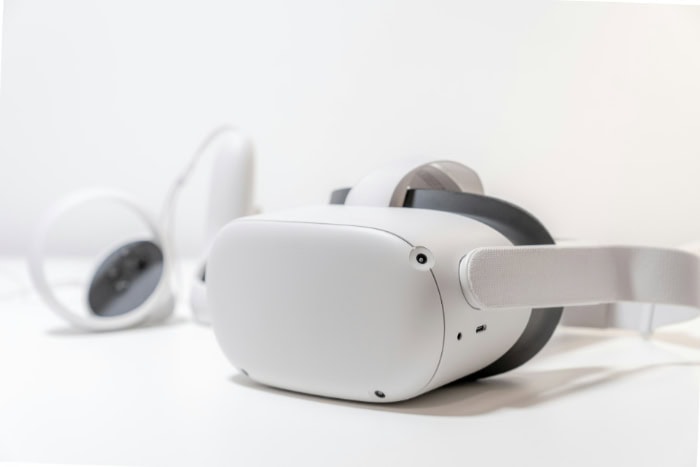
Step into the fascinating realm of immersive technologies, where the boundaries between the real and the digital blur in unprecedented ways. Augmented Reality (AR) and Virtual Reality (VR) are redefining how we experience the world, offering unique perspectives that merge innovation with practicality.
While AR enhances our surroundings by layering digital elements onto the physical world, VR transports users into entirely new, computer-generated environments.
Core Technology Differences
As immersive technologies redefine human interaction with digital content, the fundamental differences between Augmented Reality (AR) and Virtual Reality (VR) lie in how users experience and engage with their environments.
While both offer unique ways to blend the physical with the digital, their foundational approach to immersion sets them apart. Each technology creates distinct experiences, ranging from enhancing the world around us to transporting users into entirely fabricated realities.
Immersion Level
Virtual Reality offers a complete escape into a synthetic world by replacing physical surroundings with a fully digital environment. When a user dons a VR headset, they are essentially transported to an entirely new space—whether it's a mesmerizing alien landscape, a bustling city recreated in 3D, or a simulated training ground.
This technology provides a sense of presence so immersive that it can make users feel as though they’ve truly stepped into another dimension. However, this depth of immersion also isolates users from the physical world, leaving them completely enclosed within the virtual space.
On the other hand, Augmented Reality bridges the gap between the tangible and the digital by overlaying virtual elements onto real-world environments. Think of it as a digital enhancement of reality, where objects like 3D models, annotations, or animations seamlessly coexist with the physical world viewed through a screen or lens.
Unlike VR, AR users remain connected to their surroundings while experiencing interactive digital layers, striking a delicate balance between immersion and situational awareness.
Hardware Requirements
The technologies powering AR and VR differ greatly in terms of the equipment needed to bring their unique experiences to life. VR relies on specialized hardware, including headsets equipped with high-definition displays and controllers for interaction.
Devices like the Oculus Quest or PlayStation VR are designed to block out external stimuli, allowing users to fully immerse themselves in the virtual space. These systems often require robust computing power and advanced motion tracking to ensure smooth performance and an authentic experience.
AR, however, is built for accessibility and ease of integration into daily life. Smartphones and tablets equipped with cameras and AR-enabled software can turn an ordinary screen into a portal for digital overlays.
Beyond mobile devices, AR smart glasses like Microsoft HoloLens and Magic Leap provide a more seamless experience, allowing users to view and interact with digital content without holding a separate device. Since AR operates by enhancing the physical environment, its hardware requirements are generally less intensive, leveraging existing technologies already widespread in consumer electronics.
User Experience and Interaction
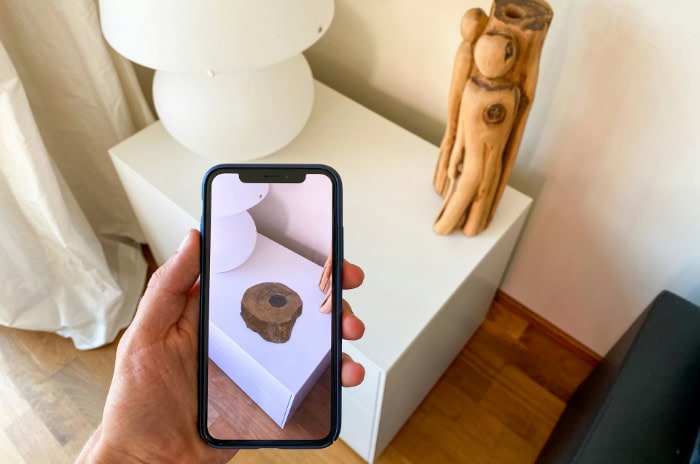
The manner in which users engage with Augmented Reality (AR) and Virtual Reality (VR) sets each technology apart, creating distinct experiences tailored to different preferences and needs. Interaction plays a major role in defining the user’s connection to both the environment and the technology itself.
From the degree of control users have over their surroundings to the way sensory inputs are handled, AR and VR craft unique paths to experience digital content that cater to varying levels of immersion and integration with the real world.
Environmental Control
Virtual Reality immerses users in an entirely constructed space, making the technology ideal for environments where every detail is system-driven. Whether it’s an open-world game, a flight simulator, or an educational program, the user fully surrenders environmental control to the VR system.
Once the headset is on, the physical world fades away, replaced by a digital realm that the system governs entirely. This creates a boundary between the user and their physical surroundings, isolating them to allow for complete immersion.
While this level of control heightens escapism and focus, it also restricts the user’s ability to multitask or remain connected to the external environment.
In contrast, Augmented Reality allows users to maintain control over their physical surroundings, layering digital content seamlessly into the real world. AR users are not transported to a separate space; instead, they stay grounded in their immediate environment while interacting with virtual elements that enhance real-world contexts.
This fluid integration lets users engage with digital tools without losing awareness of their physical presence. For example, AR can provide navigational assistance on a busy street while users remain fully aware of their surroundings, creating a balance between immersion and practicality.
Sensory Engagement
The sensory experience offered by VR goes far beyond simple visuals. Using advanced headsets, VR engages multiple senses simultaneously, offering a truly immersive interaction.
High-definition visuals are paired with spatial audio that replicates directional sound, while hand controllers and haptic feedback devices create a tactile connection to the virtual world. In more advanced setups, additional sensory inputs such as temperature and motion simulation add to the feeling of presence within the digital space.
By controlling sensory input, VR creates an artificial environment that feels remarkably real, transporting users into experiences that might be impossible in the physical world.
On the other hand, AR enhances the natural sensory experience rather than replacing it. Digital overlays are designed to complement what the user already sees, hears, and sometimes even feels in their physical environment.
For instance, AR glasses can highlight useful information about objects in the user’s real-world surroundings, while smartphone-based AR uses the camera and screen to blend virtual graphics with reality. This sensory augmentation improves interactions with daily tasks and provides valuable tools for navigation, education, or entertainment while keeping the external environment fully intact.
Technical Implementation
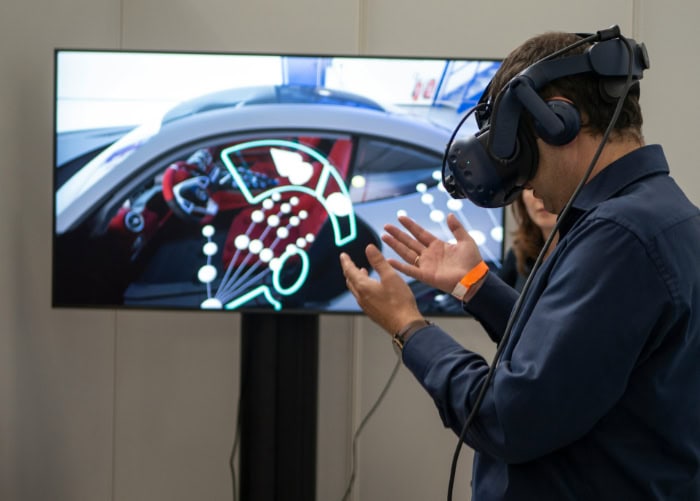
The technical foundation of Augmented Reality (AR) and Virtual Reality (VR) defines how each technology functions and delivers its distinct experiences. While both rely on advanced processing and spatial awareness, they approach system design and resource management differently to meet their specific needs.
From rendering entire environments for VR to integrating digital elements into the real world for AR, the underlying technology is tailored to achieve their unique goals.
System Architecture
Virtual Reality is built around creating entirely artificial environments that fully immerse the user. To achieve this, VR systems require comprehensive 3D environment rendering that mimics real-world physics and interactions.
The system must generate high-quality visuals in real time while accounting for user movements and perspective changes. This involves a closed ecosystem of devices, including the VR headset, motion controllers, and external sensors, all working in harmony to maintain seamless immersion.
Advanced graphical engines and extensive pre-designed assets are fundamental components of this architecture, providing lifelike environments for gaming, training simulations, or virtual collaboration spaces.
In contrast, Augmented Reality depends heavily on real-time interaction with the user’s physical surroundings. AR systems are built to parse the environment by scanning and analyzing surfaces, objects, and light conditions.
Using cameras and sensors, the system identifies key points in the environment and maps them to anchor digital content accurately. Object recognition algorithms and real-world spatial mapping play crucial roles here, ensuring that digital elements align naturally with the physical world.
Whether it’s placing a piece of virtual furniture in a room or tracking a moving object to display supplementary information, AR’s system architecture focuses on constant interaction between the real and virtual worlds.
Processing Requirements
The computational demands of Virtual Reality are focused on delivering a flawless, immersive experience. High-performance graphics processing units (GPUs) are essential for rendering detailed environments with realistic lighting, textures, and animations.
Additionally, VR systems require precise motion tracking to replicate user movements within the digital space. This involves calculating head orientation, hand gestures, and body positioning in real time, ensuring that the virtual environment responds naturally to the user’s actions.
The need for low-latency performance is critical here; even a slight delay in rendering or motion response can disrupt the immersion and lead to discomfort or motion sickness for the user.
Augmented Reality, on the other hand, emphasizes rapid data integration and overlay positioning. The system must process incoming data from cameras, sensors, and GPS in real time to analyze the environment accurately and update digital overlays accordingly.
Unlike VR, AR’s processing challenges revolve around blending virtual objects seamlessly with the real-world view, which requires constant recalibration as the user moves through their environment or interacts with objects. While AR systems often utilize mobile processors, the complexity of real-time tracking and rendering means that efficient software optimization is crucial.
For more advanced applications, AR may also leverage cloud computing for tasks like heavy object recognition or collective spatial mapping.
Industry Applications
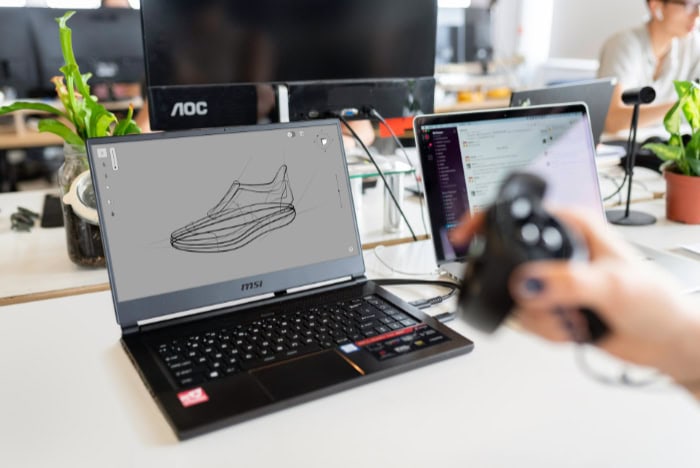
Augmented Reality (AR) and Virtual Reality (VR) have moved beyond novelty status to become transformative tools in a wide range of industries. Their ability to create immersive or enhanced experiences has opened the doors to innovation across professional and consumer sectors.
From improving operational efficiency to enriching everyday interactions, AR and VR address specific needs by leveraging their unique capabilities.
Professional Use
In professional settings, VR has become a powerful tool for simulation and design across multiple fields. The technology’s ability to recreate lifelike environments has made it invaluable for training simulations, particularly in industries like healthcare, aviation, and military operations.
Surgeons, for example, can practice complex procedures in a risk-free virtual environment, while pilots can refine their skills using realistic flight simulators. Similarly, VR plays an integral role in fields like architecture and product design, where virtual models enable teams to visualize, adjust, and perfect projects before physical production begins, reducing time and costs.
AR, on the other hand, excels in applications that enhance ongoing tasks by integrating real-time data into physical environments. Its use in manufacturing and industrial operations has been especially impactful, with AR devices helping workers perform maintenance, repairs, or assembly tasks more efficiently.
For instance, smart glasses can display step-by-step instructions directly in a technician’s line of sight, eliminating the need to refer back and forth between manuals. Similarly, AR is used to monitor equipment and provide predictive maintenance insights, making it a vital tool for industries like automotive production and facility management.
Consumer Applications
In the consumer space, the entertainment industry has embraced VR as a gateway to new and immersive experiences. Gaming remains one of VR’s most popular uses, offering players the ability to step directly into expansive virtual worlds.
Beyond gaming, VR has become a staple in entertainment offerings such as virtual concerts, theme park attractions, and interactive storytelling. It’s also finding a place in travel and tourism, where virtual tours allow users to experience destinations or historical landmarks without leaving their homes, providing a sense of exploration and wonder.
AR, by contrast, integrates more seamlessly into everyday life, making it a practical tool for retail, education, and navigation. In retail, AR applications enable customers to try virtual versions of products, such as furniture, clothes, or makeup, in their own space or on their own features before committing to a purchase.
In education, AR transforms learning by making concepts more tangible—bringing subjects like science, history, or art to life through interactive overlays and 3D animations. Navigation assistance is another standout use of AR, offering real-time directions on-screen or through smart glasses that guide users step-by-step in real-world environments, from busy city streets to large indoor spaces like airports.
Accessibility and Adoption
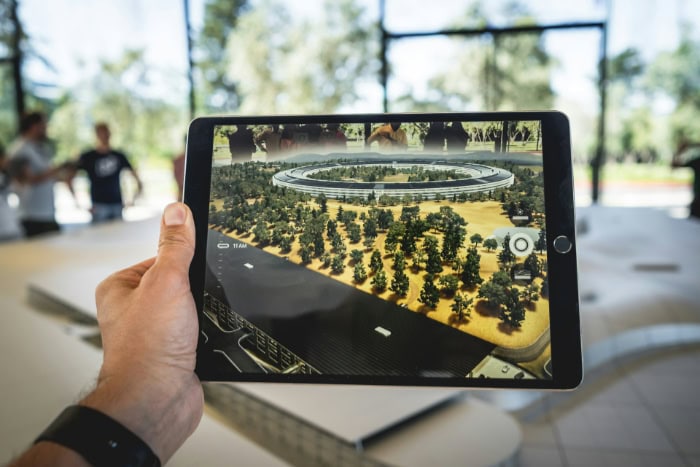
The widespread use of Augmented Reality (AR) and Virtual Reality (VR) depends not only on their technological advancements but also on how easily people can access and adapt to these tools.
While both technologies have shown immense potential across various sectors, their adoption is influenced by factors such as the resources required to use them and the effort needed to learn and adapt to their interfaces. AR and VR differ significantly in these areas, which shapes their practicality for both professionals and consumers.
Entry Barriers
Virtual Reality often presents higher entry barriers due to its reliance on specialized hardware and dedicated environments. A VR setup typically includes a headset, motion controllers, and sometimes external sensors for enhanced tracking, making it a more significant investment for users.
In addition, VR experiences generally require a moderate amount of physical space to allow for safe movement, especially in interactive gaming or training simulations. These requirements can pose challenges for users with limited space or budgets, making VR adoption more accessible to those with specialized needs or ample resources.
Augmented Reality, on the other hand, benefits from its ability to run on existing platforms such as smartphones, tablets, and AR-enabled smart glasses. This leverage of widely available devices significantly lowers the barriers to entry, as it eliminates the need for purchasing additional hardware in many cases.
For instance, an AR app on a smartphone can overlay furniture into a room or provide augmented navigation without requiring any extra equipment. Since AR can integrate seamlessly into devices already used in daily life, it offers a more practical and cost-effective path for mass adoption.
User Learning Curve
The immersive nature of Virtual Reality often requires users to adapt to entirely new environments and modes of interaction. For first-time users, navigating a fully digital world can feel disorienting, as it differs significantly from interacting with traditional screens.
Mastering VR controls, such as motion-based gestures or handheld controllers, may take time, especially for those unfamiliar with gaming or simulation platforms. Additionally, because VR replaces the user’s physical surroundings with a virtual space, it often requires practice to move comfortably and interact effectively without disruption.
Augmented Reality, in contrast, builds on interfaces that are already familiar to most users. Since many AR applications are designed for smartphones and tablets, users interact through touchscreens, cameras, and gestures that closely resemble everyday tasks like taking photos or swiping through apps.
AR-enabled smart glasses introduce a slightly steeper learning curve, but since content is overlaid on the real world, users can still rely on their natural spatial awareness to facilitate interaction. This ease of use allows AR to blend more seamlessly into existing habits, making it more approachable for new users.
Conclusion
Augmented Reality and Virtual Reality each offer distinct opportunities to interact with and experience the world in new and meaningful ways. While AR enhances the real world with digital overlays, VR creates entirely immersive environments that transport users elsewhere.
These differences are reflected in their hardware requirements, levels of immersion, and technical foundations, positioning them for varied applications across industries. From professional tools like VR training simulations and AR-guided maintenance to consumer-focused uses in gaming, education, and retail, both technologies continue to reshape how we work, learn, and play.
Their adoption depends on factors such as accessibility, ease of use, and adaptability to new environments, making AR and VR complementary tools in the broader evolution of immersive technology.


